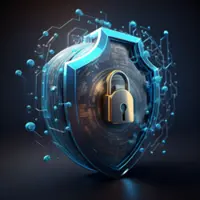Living off the land ploys see hackers use phishing or other methods to gain access to a victims' networks, then use the victims' own tools and services for malicious purposes. — Safe internet vector created by jcomp - www.freepik.com
An old threat is new again — or never really went away.
As governments and other players increasingly turn to the cloud, malicious actors are following, adding "living off the cloud" attacks back into their repertoires.
Already a subscriber? Log in
Save 30% OFF The Star Digital Access
Cancel anytime. Ad-free. Unlimited access with perks.





